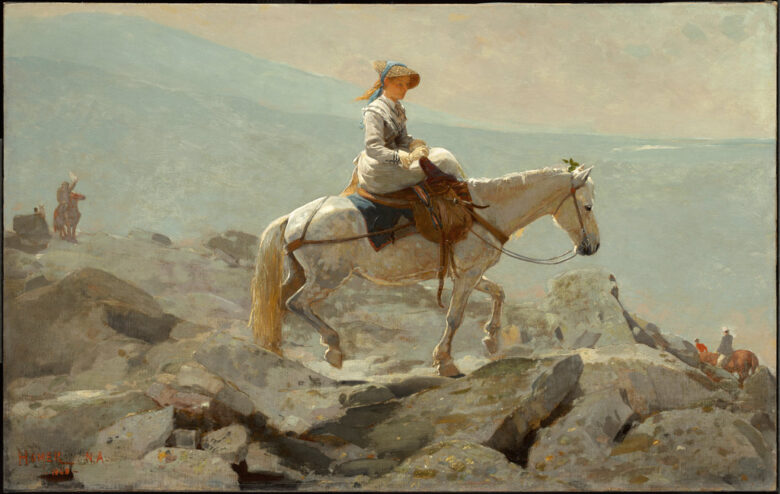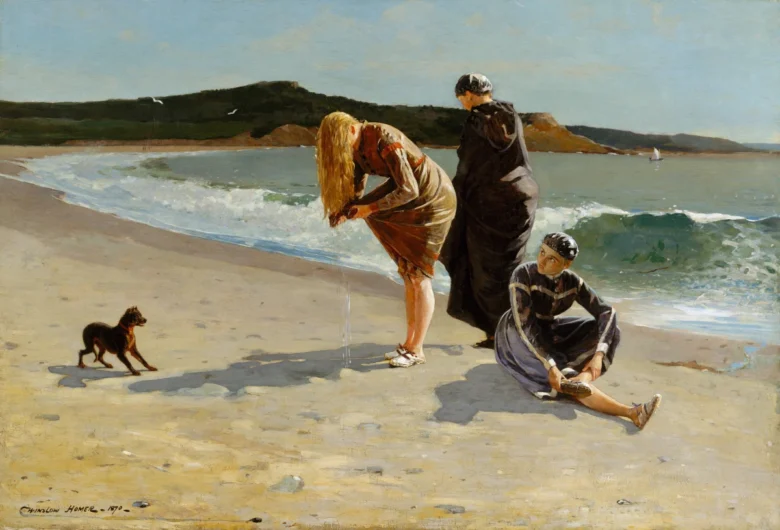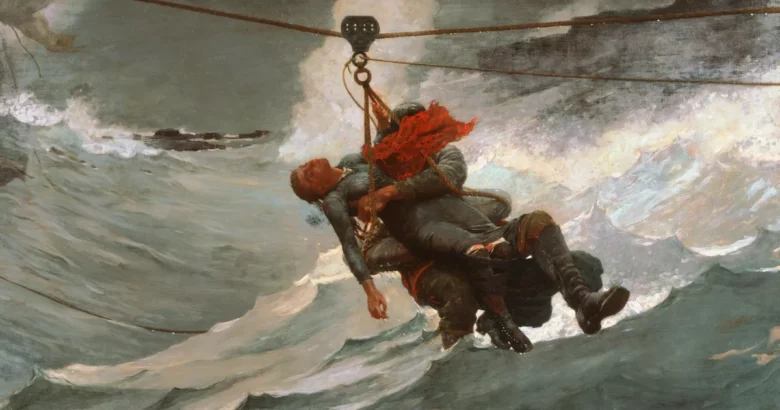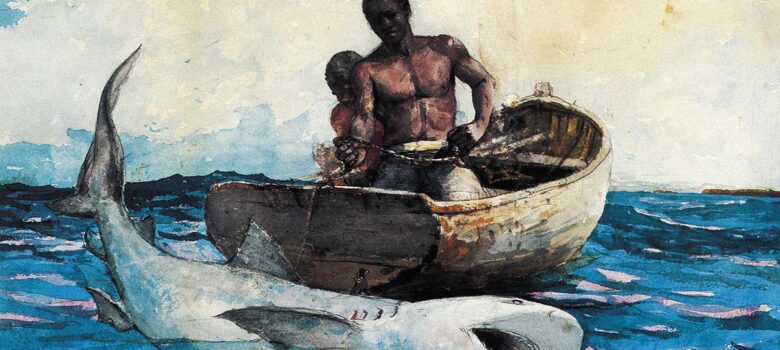Winslow Homer was a famous American painter and illustrator regarded as one of the greatest artists of the 19th century. The second of three sons, he was born in Boston on the 24th of February, 1836, to Charles and Henrietta Homer, the latter a watercolor artist whom Charles would later learn a great deal from.
The artist Winslow Homer lived 74 years and passed away on the 29th of September, 1910, after a well-celebrated and accomplished life. He was a foremost American painter and remained a greatly regarded figure in American and Western art. Below, we’ll learn about Winslow Homer and some of Winslow Homer’s watercolor paintings.
Early Life and Career

Source: nytimes.com
Prior to moving to New York in 1859, Winslow Homer used to live in Belmont, Massachusetts. Some of his early paintings and illustrations were inspired by the 1853 Homer House, the residence of his uncle, who was also the inspiration for a number of his early sketches. The Belmont Woman’s Club still owns the Homer House, which is still open for public tours.
With the unexpected outbreak of the American Civil War, Homer made drawings at the front for Harper’s, where he served as a freelance journalist for about a decade. During the Civil War, Homer dealt more often with views of everyday camp life than with scenes of battle.
With the War going on, Homer focused increasingly on painting, and in 1865 he was elected to the National Academy of Design. It’s notable to mention that while capturing the dominant national mood of reconciliation, his painting, Prisoners from the Front (1866), was warmly received when exhibited at the academy. This was shortly after the Civil War ended.
Homer started his career working as a commercial printmaker in Boston. He continued this in New York, settling there in 1859, where he studied oil painting in the spring of 1861. In October 1861, he was sent to the front in Virginia as a correspondent for Harper’s Weekly during the War.
Homer’s earliest Civil War artworks, dating from about 1863, are anecdotal, like his prints. This means that his paintings told stories and happenings that Homer witnessed at the front of the War.
The 1860s and the 1870s were a time of artistic experimentation for Homer. He lived in New York City, making his living primarily by designing magazine illustrations and building his reputation as a painter, but he found his subjects in seaside resorts in Massachusetts, New Jersey, and in the Adirondacks, New York, the White Mountains of New Hampshire, and so on.

Source: cliocult.com
In 1866, Homer began a nearly year-long journey in Paris and the French countryside. Although there is little influence from members of the French avant-garde, Homer shared their interests and their desire to incorporate outdoor light, flat and simple forms in their works. This was also reaffirmed by their affinity for Japanese principles.
Homer took inspiration from War to create his initial oil paintings that portrayed the dismal plight of the soldiers. He received national acclaim for these early works, both for the strength of his technique and the candor of his subjects.
From his sketches of battle and camp life to dazzling tropical views and darker restless seascapes, the works reflect Homer’s interest in the pressing issues of his time; conflict, race, and the relationship between humankind and the environment – issues still relevant for us today.
Many of the homes in which Homer lived across New England have been preserved as museums in commemoration of his life and career. His works can be found in the Musée d’Orsay, Paris, the National Gallery of Art, Washington, DC, the Metropolitan Museum of Art, New York, and many other major institutions across the United States.
After the War, Homer’s subject became the lives of Americans in the wake of the War and abolition. Homer had a specific focus on the lives of formerly enslaved African Americans. He is renowned as one of the foremost artists in 19th-century America and a preeminent figure in American art.
Criticism and Controversy

Source: artsy.net
While it is a universally accepted fact that Homer was an accomplished and celebrated man whose art carried consistently nationalistic themes, Homer presented his subject matter in styles that swayed between experimental and standard artistic treatment. At a time when most critics considered American art to be languishing, Homer’s work was appreciated in part for its daring approach.
However, Homer’s artistic practices, particularly the lack of conventional perspective in combination with a loose painting style, frequently came under attack. This served as a source of criticism and even often controversy throughout his career.
Criticism for his lack of finish was mentioned in artworks such as Cernay la Ville: French Farm, Rocky Coast and Gulls, White Mountain Wagon, and others. With The Country School, a painting depicting a class in session in a little rural schoolhouse, Homer learned how subject and style might be finessed. After criticisms that his subjects were “trifling,” amongst other unpleasant criticisms, Homer responded with one in his painting, The Country School, that critics embraced as apparently inspiring national.
From this point on, he recognized that using an especially national subject could gain him considerable stylistic freedom or, conversely, that using a more traditional technique could gain him latitude with his subject matter. Also, over time, the sharp-mouthed and sharp-penned critics grew more accepting of – albeit slow to embrace – his vigorous painting style.
In 1873, Homer turned to watercolor, a medium for which he had a special affinity. Even though his watercolors would often provoke intense criticisms as his oils, these particular works eventually forced the critics to come to terms with the medium and eventually accept it as valid in its own right.
List of Homer’s Prints

Source: icanvas.com
You cannot learn all about Winslow Homer without learning about his paintings. The list of Winslow Homer’s Prints includes:
- The Gulf Stream
- Northeaster
- Fishing Boats, Key West
- Eagle Head, Manchester, Massachusetts (High Tide)
- Flower Garden and Bungalow, Bermuda
- Inside the Bar
- The Veteran in a New Field
Conclusion
In the end, Homer’s work exceeded nationalistic expectations, and American critics embraced his work. Over a century after his death in September 1910, Homer’s legacy lives on. His talents, courage in the face of criticism and controversy, and great and original contributions to the enhancement of American art are unrivaled, and they will always be remembered.
